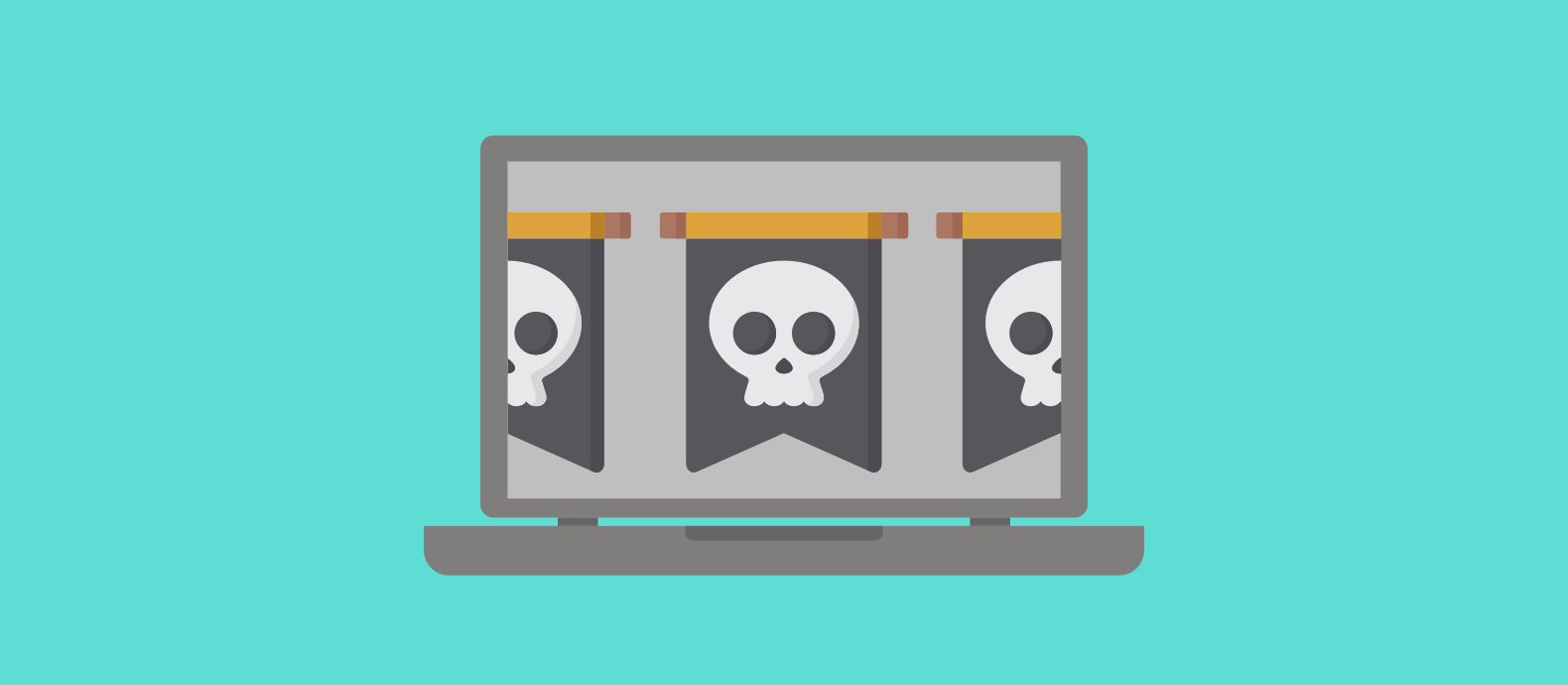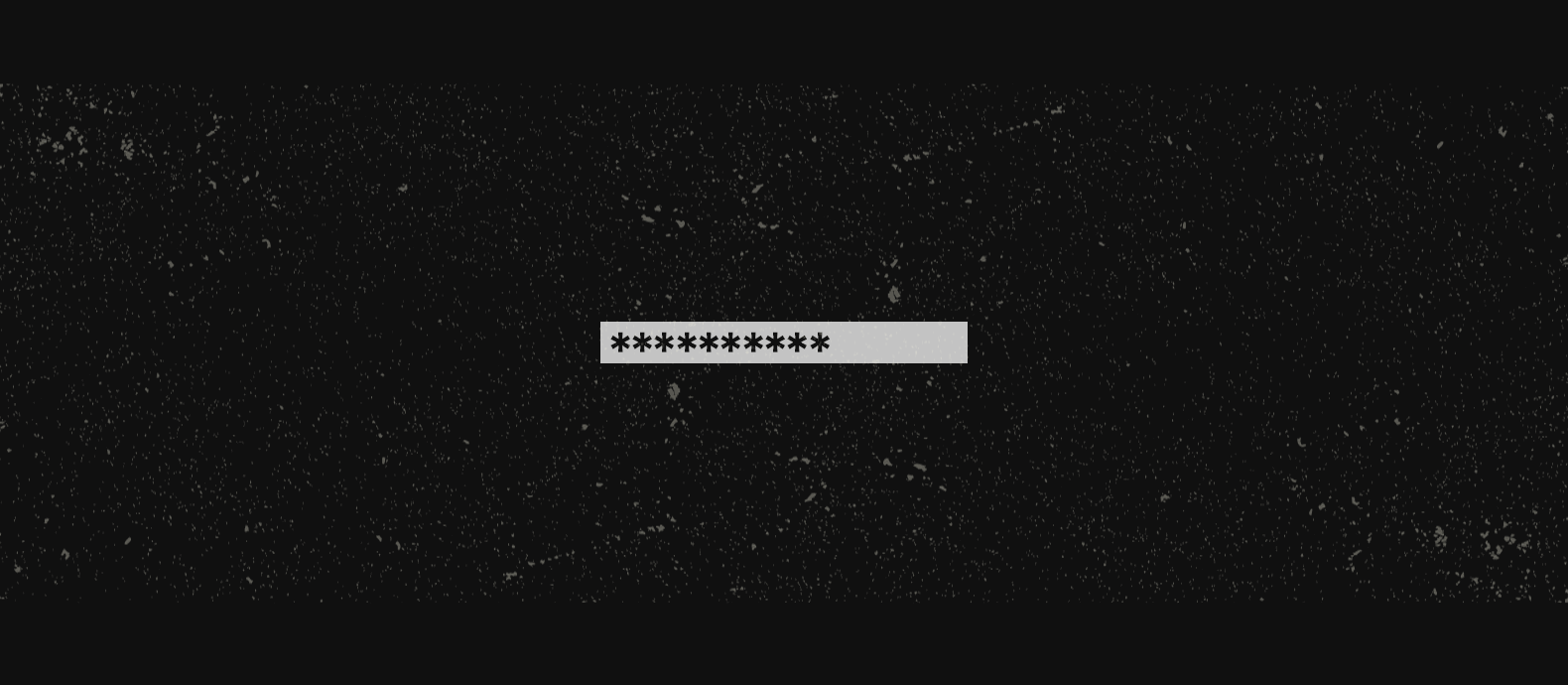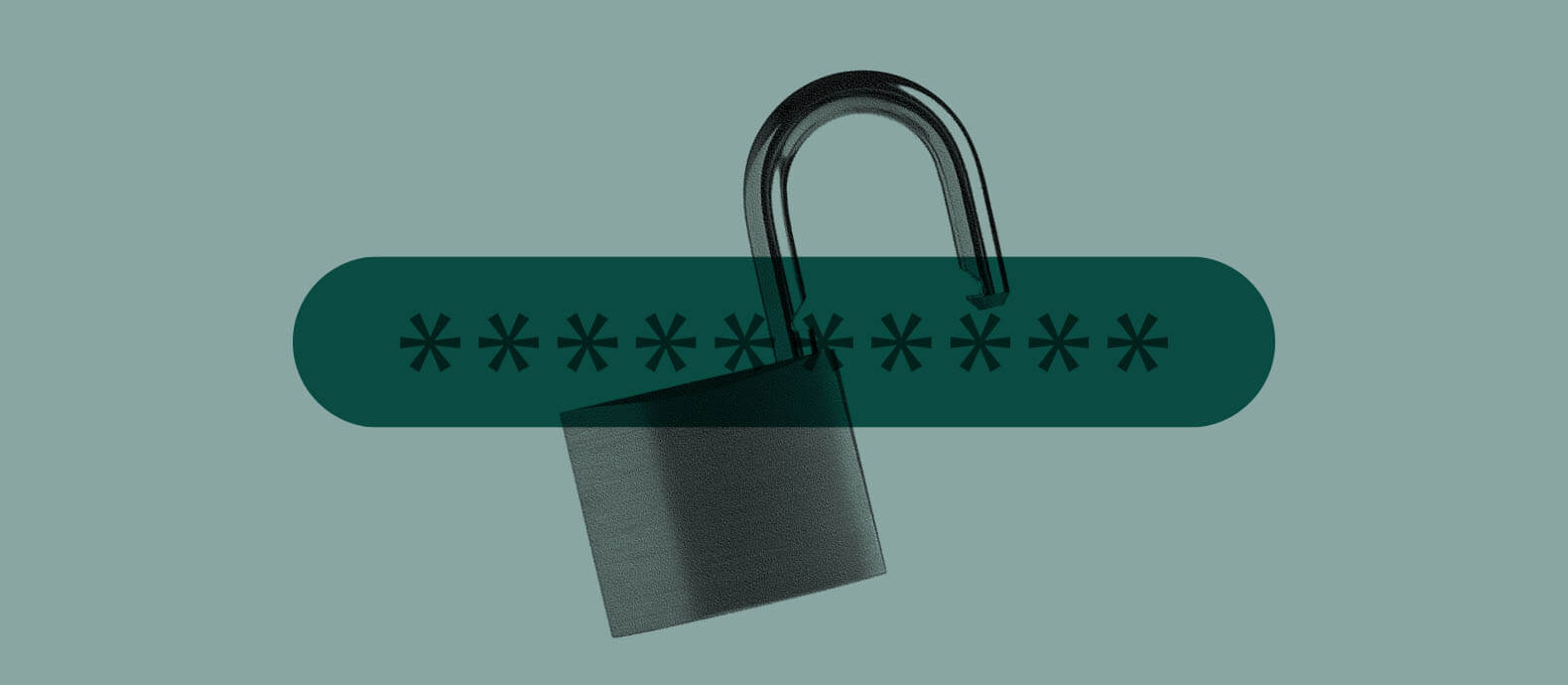You’ve spent months—maybe years—developing your software, only to find pirated copies flooding marketplaces, torrents, and even social media. Each pirated copy means more lost revenue, weaker brand control, and the risk of customers blaming you for security vulnerabilities in unauthorized versions.
In many cases, fighting back feels overwhelming because:
- Tracking down every infringement eats away at your time.
- Filing DMCA takedowns for each violation is repetitive and frustrating.
- New pirated listings pop up faster than you can take them down.
That said, filing DMCA takedown notices doesn’t have to be complicated. This guide will show you how to:
- Collect evidence and submit DMCA takedowns quickly and effectively.
- Handle non-compliant platforms and repeat offenders.
- Leverage automation to stay ahead of piracy, so you can focus on your core business.
Whether you’re fighting your first case of software piracy or seeking ways to scale your enforcement, this guide equips you with the tools and strategies to take back control of your intellectual property.
Steps to file DMCA takedown notices for software piracy
Filing DMCA takedowns for pirated software follows a straightforward process. The key to success is providing the right information upfront and ensuring consistency across all platforms. Here’s how to do it:
Step 1: Collect evidence
To file a DMCA takedown notice, you need to establish clear ownership of your software and document the infringement. Incomplete or inaccurate submissions may lead to delays or denials.
Here’s what you need:
- Proof of ownership: Source code, licensing agreements, copyright registrations, or trademarks that clearly establish your rights.
- Infringement documentation: Gather URLs, screenshots of the infringing content, and timestamps. For better results, compare the pirated and original software to highlight violations.
Step 2: Draft the notice
Whether you’re using a platform-specific form or email, a properly drafted DMCA notice increases your chances of prompt action. Ensure your notice includes:
- Your contact information: Name, email, phone number, and company details.
- Details about the copyrighted software: Original hosting location, release date, and key features.
- Evidence of infringement: URLs, screenshots, and a description of how the copyright was violated.
- A good faith statement: Confirming that you believe the material was used without authorization.
- Electronic signature: Your full name as a digital signature.
Here’s a simple DMCA takedown template you can use when emailing notices:
Dear [Platform/Hosting Provider Name]
I am [Your Name], the [copyright owner/authorized representative] of the copyrighted software described below. This is a formal request under the Digital Millennium Copyright Act (DMCA) to remove infringing content from your platform.
Contact information:
- [Your full name]
- [Your work email address]
- [Your phone number]
- [Company name]
Details of copyrighted software:
- [Name of your software]
- [Current hosting location: URL or platform where the original software is hosted]
- [Public release date]
- [Description of the software]
Details of infringement:
- [Infringing content location: URLs]
- [Evidence: screenshots and timestamps]
- [Description of the copyright violation]
[Good faith statement]
[Electronic signature]
Step 3: Submit the notice
Once your DMCA takedown notice is prepared, the next crucial step is to submit it to the appropriate platform. Below is a categorized guide that outlines how to file DMCA notices across various channels, including expected response times:
Search engines
Search engines play a pivotal role in the visibility of pirated content. When unauthorized copies of your software appear in search results, they can lead potential customers to infringing sites instead of your legitimate offerings. Filing a DMCA takedown notice with search engines can help reduce the visibility of these unauthorized listings, making it less likely that users will encounter them.
Google (Response time: 5–14 days)
You can raise a DMCA request with Google based on where the pirated software has been shared. Separate forms are available for Google Search, Google Play, Google Drive, and more. Be sure to specify whether you are reporting a copyright or trademark violation.
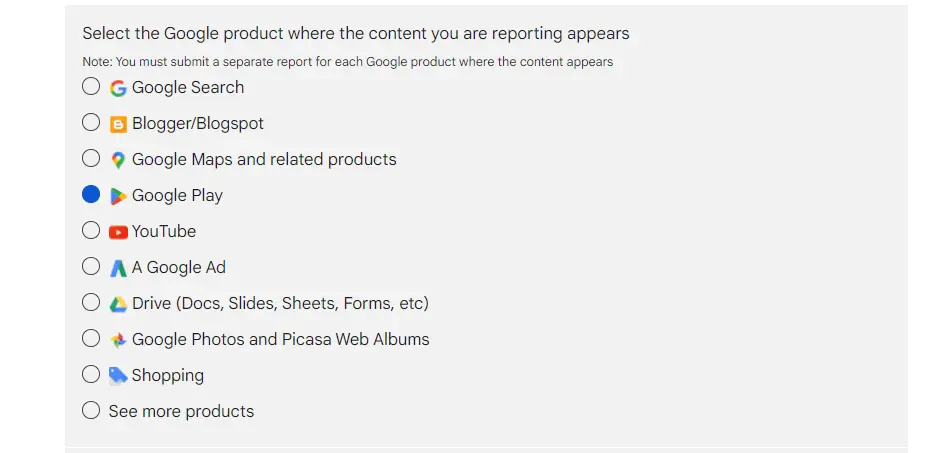
If your software is being pirated on Google Play, here’s a step-by-step guide on how to report an app on Google Play.
Bing (Response time: 7–14 days)
To remove pirated software from Bing’s search results, you can file a DMCA request directly with Bing using this form.
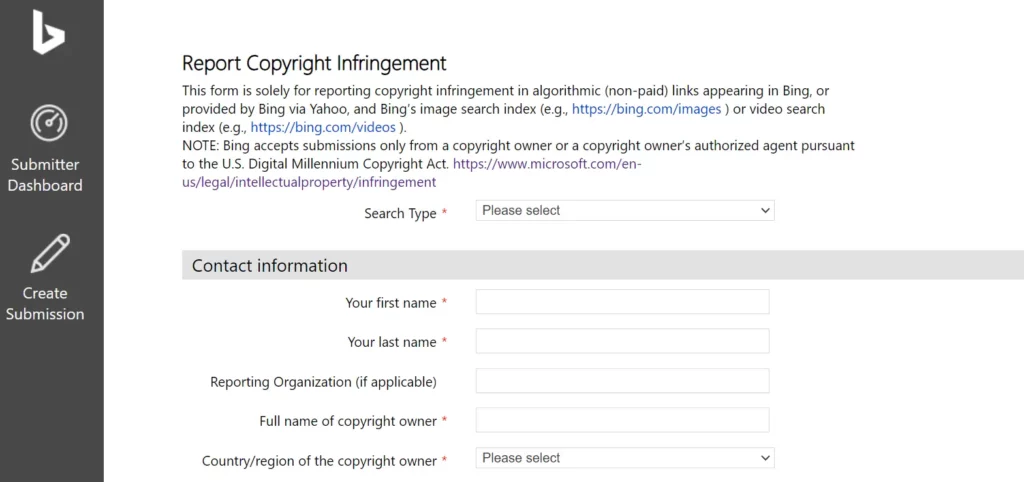
For pirated software on Microsoft Store (Windows or Xbox), Minecraft Marketplace, or OneDrive, use this form instead.
Hosting providers
When pirated software is hosted on a web server or cloud platform, submitting a DMCA notice to the hosting provider can result in the direct removal of the infringing content. Hosting providers are obligated to comply with DMCA requests and remove content that violates copyright laws.
Amazon Web Services (AWS) (Response time: No fixed timeframe)
If you believe AWS resources are being used to host or distribute your copyrighted software without your permission, email your notice directly to trustandsafety@support.aws.com. Remember that AWS does not open attachments in emails; provide all information in plain text and URLs only.
If a bad actor resells your software on the Amazon marketplace without your authorization, you can report it here to remove infringing content.
Cloudflare (Response time: 7–10 days)
If a pirate website is using Cloudflare’s services, file a complaint via Cloudflare’s abuse form.
Other Hosting Providers
Identify the hosting provider using tools like WHOIS or hosting lookup services. Follow their specific DMCA reporting process to submit your notice.
Code Repository Platforms
Pirated software or stolen code may be distributed via platforms designed for software development and collaboration. These platforms often host repositories where users share code, making them critical targets for DMCA takedown notices when copyright infringement occurs.
Github (Response time: Varies)
GitHub accepts DMCA takedown notices for works protected by copyright and trademark. Before submitting a request, review their Guide to Submitting a DMCA Takedown Notice to ensure compliance.
Submission options:
- Online Form: GitHub provides a dedicated copyright claim form, which they state is the fastest way to get a response.
- Email: Alternatively, you can send a detailed DMCA notice to copyright@github.com. While attachments are allowed, GitHub recommends including a plain-text version of your notice in the email.
GitLab (Response time: Varies)
Similar to GitHub, GitLab has established procedures for reporting copyright violations. Visit their DMCA policy page for detailed guidance on submitting your request.
Bitbucket (Response time: Varies)
If code repositories on Bitbucket are hosting pirated software, file a complaint through their support center or copyright infringement form
Online marketplaces
Pirated software is often sold on e-commerce platforms, which serve as intermediaries between sellers and buyers. Filing takedown requests on these marketplaces can lead to the removal of unauthorized listings and protect potential customers from purchasing infringing products.
Amazon (Response time: 24 hours – 7 days)
If you find your software available on Amazon without authorization, report infringement using their “Report Infringement” form or through the Report a Violation (RAV) tool if you’re part of Amazon Brand Registry.
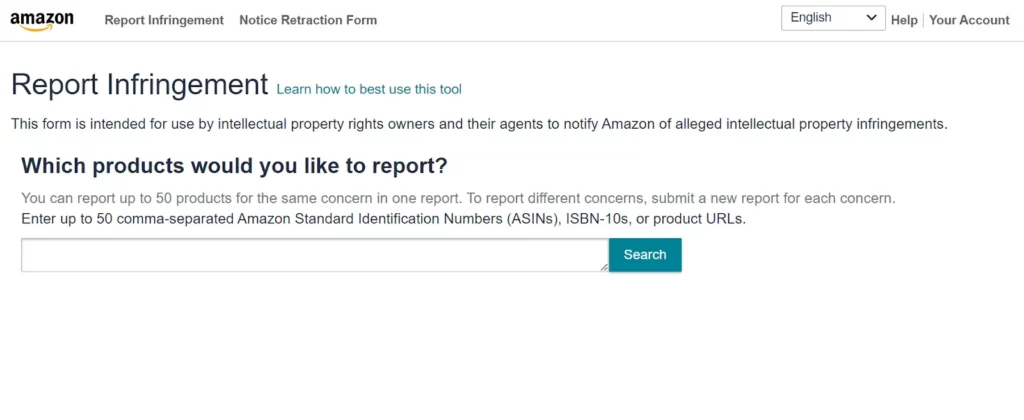
While filing an infringement report on Amazon marketplace, keep the following information in mind:
- Provide the ASIN of the product listing if you want the entire listing to be taken down, regardless of the number of sellers.
- Provide seller details if there’s only one seller infringing on your intellectual property and you don’t want the entire list to be taken down
You can only submit one type of intellectual property violation per notice. If Amazon finds your report valid, the listing will be taken down and action will be taken against the sellers. Take a look at our detailed guide on how to report infringements on Amazon
eBay (Response time: 1-2 weeks)
Similar to Amazon, eBay also lets you report infringements. The marketplace acts as an intermediary in the process of removing counterfeit product listings. You’ll have to register for the VeRO program by visiting eBay’s VeRO Participant page to be able to file takedown requests. Take a look at the complete stepwise guide to report infringements on eBay.
Social media platforms
Social media platforms have become popular channels for distributing pirated content due to their vast user bases and ease of sharing information. If your software is being promoted or distributed through social media channels, filing DMCA takedowns through these platforms can help mitigate unauthorized sharing and protect your brand image.
If your software is being distributed through social media platforms, you can file DMCA takedowns through them as well.
- Facebook (Response time: 24 hours – 7 days): Use the Facebook IP reporting form to report infringements directly. You will have to sign in to your Facebook account to access the form
- Instagram (Response time: 24 hours – 7 days): Submit the IP reporting form on Instagram. The form is almost exactly the same as Facebook, except you’ll need to log into your Instagram account to submit it
- X (Twitter) (Response time: Varies): You can access the DMCA request form directly or through the help centre
Torrent websites
Pirated software is frequently shared on torrent sites that allow users to download files from peer-to-peer networks. While many torrent sites may ignore takedown requests due to their nature, identifying the hosting provider or domain registrar can be an effective strategy for enforcement.
Identify the hosting provider using WHOIS tools and send your DMCA notice directly to them.
If the site uses Cloudflare as a proxy, consider filing a complaint with Cloudflare as well.
File-sharing platforms
File-sharing services are another common channel for distributing pirated software. Most platforms have established processes for reporting copyright violations, making it essential for rights holders to utilize these channels effectively.
Examples include Dropbox (Response time: Varies) and Google Drive (Response time: 5-14 days) (via Google’s DMCA forms). Check each platform’s terms of service or copyright policy for submission details.
Third-party app stores
Unauthorized versions of your software may appear on alternative app stores beyond mainstream options like Google Play and Microsoft Store. Researching specific app stores and following their takedown procedures is crucial for addressing piracy in these less-regulated environments.
Investigate third-party app stores (e.g., Aptoide, APKPure) and submit takedown notices according to their specific guidelines.
Step 4: Follow up
If you don’t receive a response within two weeks, follow up with a polite but firm email:
Subject: Follow-Up on DMCA Takedown Request
Dear [Platform/Hosting Provider Name],
I submitted a DMCA takedown request on [date] regarding [infringing content details]. I have not yet received an update. Please confirm the status of my request.
Thank you,
[Your Name]
[Your Contact Information]
Handling Counter-Notices:
- If a counter-notice is received, consult a legal professional.
- Consider filing a legal action within 10 business days to prevent reinstatement of the infringing content.
If you’re filing DMCA notices manually, use a spreadsheet to track their status. Alternatively, you can opt for an automated platform like Red Points that can automatically identify copyright infringements, send DMCA notices and handle follow-ups for you.
Red Points: Your ultimate partner against software piracy
Red Points offers a comprehensive digital platform that integrates Brand Protection, Anti-Piracy, and Impersonation services into a powerful solution. It can track and remove illegal content across multiple channels including search engines like Google and Bing, online marketplaces, social media platforms, messaging platforms, video platforms, and more.
Take a look at the different software privacy threats that Red Points can tackle 24/7 and protect your business.

Here’s how Red Points can help you fight back against app piracy and safeguard your intellectual property.
Automated detection using AI: Red Points combines AI automation with human expertise to quickly find pirated software online. It scans the entire web, including search engines, apps, social media, and P2P platforms, and enhances detection by creating new search rules based on past results.
Dynamic crawling of piracy domains: The platform uses human expertise and advanced technology to even detect dynamic changing piracy domains (e.g., shifting from .com to .tp).
Expert validation: All the detected infringements are reviewed by our analysts to ensure accuracy and determine the best enforcement strategy for your brand.
Bulk filing capabilities: Red Points automates de-indexing and removal requests, instantly sending them based on predefined rules and following up automatically if no response is received.
Continuous monitoring to prevent repeat offenses: When a repeat offender resurfaces, Red Points immediately reissues takedown actions to keep your software safe.
Detailed analytics: You get access to real-time insights with detailed search results, performance dashboards, and customized reports that measure the business impact of the anti-piracy efforts.
What’s next
To recap, the DMCA takedown process should be the absolute first step when you discover your software has been pirated by bad actors. While a DMCA takedown doesn’t remove pirated software directly, it de-indexes the page hosting the software from major search engines, reducing visibility and limiting reach.
However, the challenges of repeat offenders, non-compliant platforms, and the sheer volume of violations make manual enforcement an almost impossible task.
That’s where Red Points comes in. The AI-powered Anti-Piracy platform automates the entire takedown process with 24/7 monitoring, bulk takedown capabilities, and detailed analytics.
Don’t let piracy undermine your business. Book a demo with Red Points to ensure your intellectual property remains secure.




